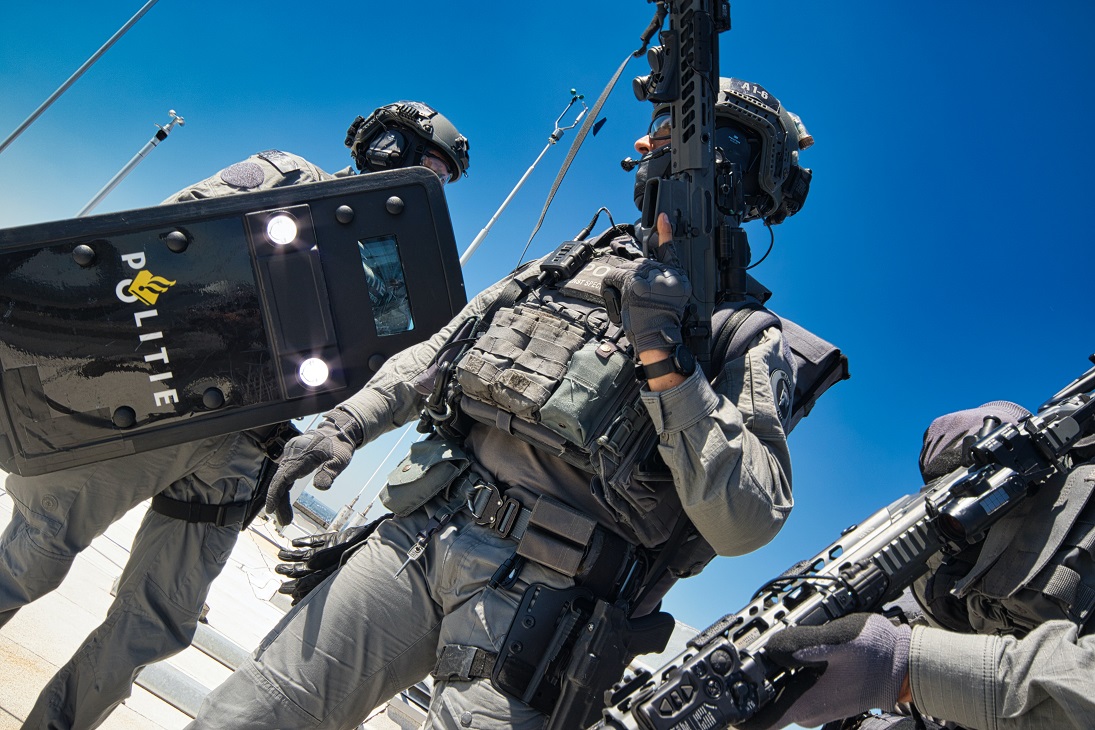Ballistic Shield Deployment and Protection: A Comprehensive Overview

When it comes to protection, having the right equipment is essential. Ballistic shields are designed for use by law enforcement and military personnel to provide physical protection in dangerous situations. To ensure the best protection, ballistic shields must meet or exceed the standards set forth by the DEA Body Armor Testing Protocols. Here, we will provide a comprehensive overview of how these protocols work, and how they can help you deploy and protect yourself with ballistic shields more effectively.
The DEA Body Armor Testing Protocols
The U.S. Department of Justice (DOJ) has established a set of test protocols that all body armor needs to pass to be certified as compliant with their standards for use by law enforcement and military personnel. This testing protocol is known as the “DEA Body Armor Test Protocol” or “DEABATP” for short. The DEABATP is an extensive testing procedure that assesses the effectiveness and durability of body armor against various types of ammunition at different distances, angles, and velocities. The tests also measure whether or not a shield can hold up against repeated impacts from multiple shots fired from the same weapon. If a shield passes all tests then it is deemed compliant with DEA standards and can be used by law enforcement or military personnel.
Ballistic Shield Deployment & Protection
When deploying a Ballistic shield, there are several important factors to consider to ensure maximum protection against potential threats:
• Positioning – It is important to ensure that you have chosen an appropriate position for your target before deploying your shield. This will ensure that you have maximum coverage from potential threats while still allowing you to aim if necessary.
• Cover & Concealment – It is crucial to use a cover when taking positions behind ballistic shields for them to effectively protect against incoming fire. It is also important to make sure that your position does not make you vulnerable or exposed when using a ballistic shield for protection; being concealed from potential attackers will increase your chances of survival significantly.
• Technique – It is important to practice proper technique when handling a shield so as not to lose control of it during deployment or while on the move; this includes properly gripping it so as not to transfer energy away from its intended purpose (i.e., protection), maintaining balance when moving with it, etcetera. Additionally, it is also important that one takes into consideration their environment before deploying their shield; obstacles such as terrain features, walls/doors/windows, etcetera should be taken into account so as not to impede one’s ability to adequately protect themselves while using a ballistic shield.
Ballistic shields are essential for providing physical protection in dangerous situations, and the DEA Body Armor Testing Protocols ensure that these shields meet or exceed standards set forth by the Department of Justice. Deployment and proper use of ballistic shields are critical to ensuring maximum protection against potential threats, which means it’s important to consider positioning, cover & concealment, and technique when using one. If you need help selecting a shield or learning how to properly deploy and protect yourself with one, RTS Tactical can provide expert guidance on what type of ballistic shield will best suit your needs. With their expertise in this area combined with our comprehensive overview here today, there’s no reason why you shouldn’t be able to find the right solution for keeping yourself safe!
For more articles, please click here.